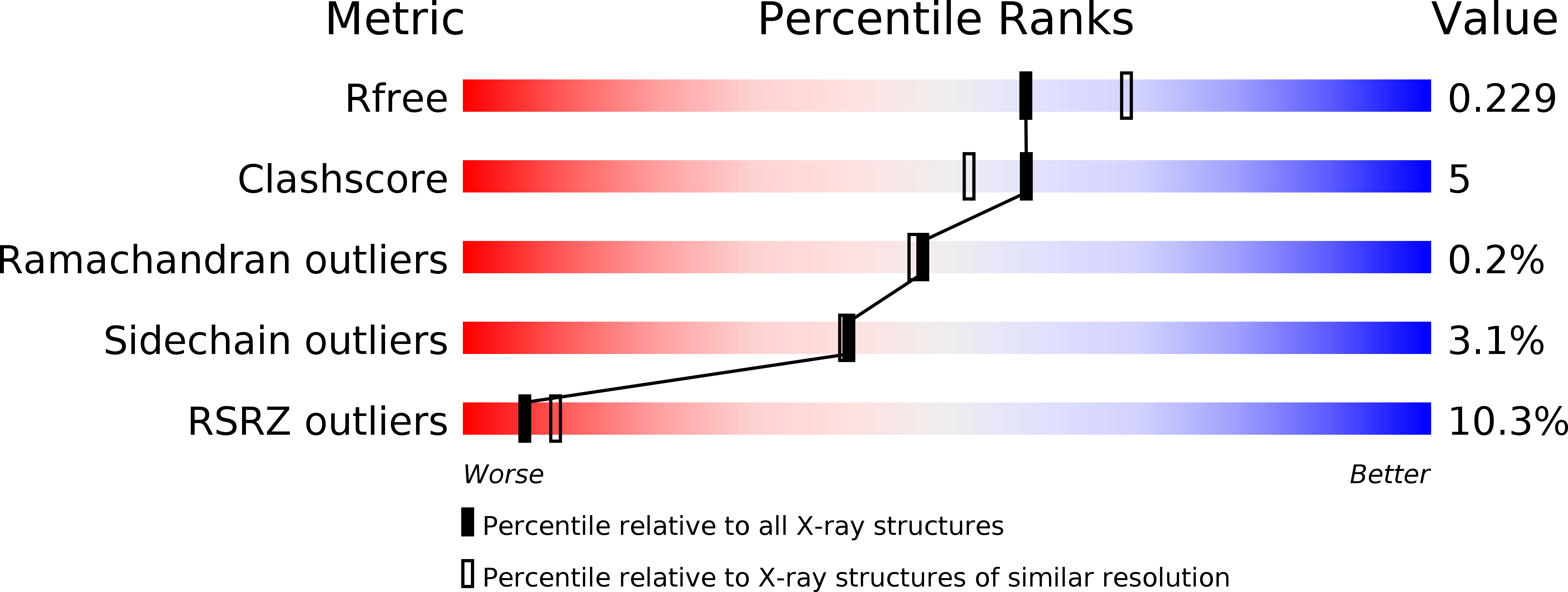
Deposition Date
2018-05-14
Release Date
2018-08-15
Last Version Date
2024-10-30
Entry Detail
PDB ID:
6DF3
Keywords:
Title:
Crystal structure of ternary complex of IL-24 with soluble receptors IL-22RA and IL-20RB
Biological Source:
Source Organism:
Homo sapiens (Taxon ID: 9606)
Host Organism:
Method Details:
Experimental Method:
Resolution:
2.15 Å
R-Value Free:
0.22
R-Value Work:
0.18
R-Value Observed:
0.18
Space Group:
P 43


